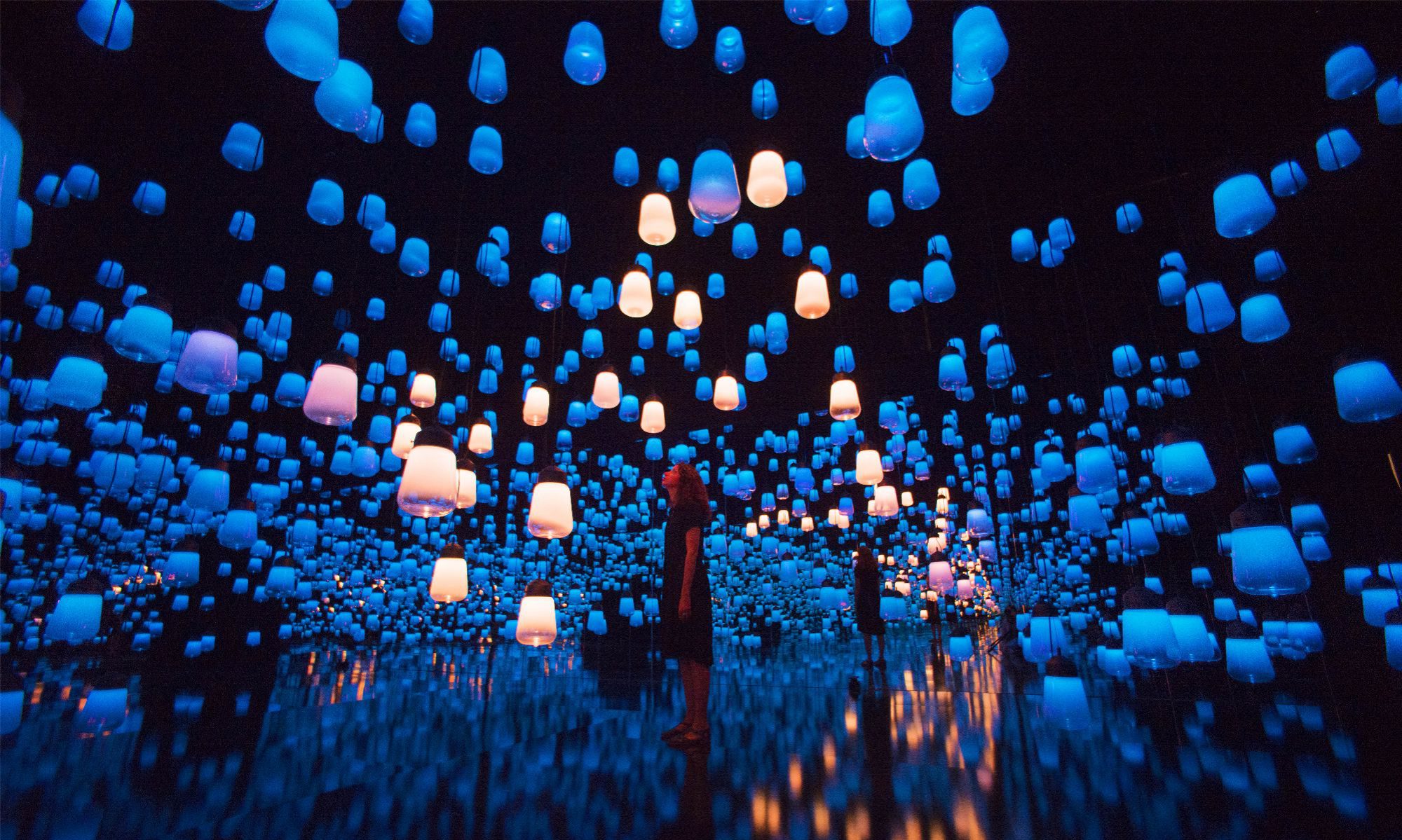The Eternal Frame, 1975, Ant Farm and T.R. Uthco
The Eternal Frame (1975) is the artists’ re-enactment of the infamous J.F.K assassination in 1963, which is captured on Zapruder’s home video recorder. The collaboration is done by Ant Farm, a collective of radical architects who works with video, performance, and installation in the late sixties and seventies, and T.R. Uthco, a San Francisco-based multi-media performance art collective that engaged in satirical critiques of the relation between mass media images and cultural myths, using irony, theatricality, and spectacle as its primary strategies.
What’s re-staged, to be precise, is not the actually historical event of the assassination, but these moments captured on Zapruder’s film, the single most viewed video clip in the world and help mold Kennedy’s tragic death into a symbolic event globally.
Historically, according to Wikipedia, there are more then 30 attempts to assassinate an US president and four sitting presidents have been killed, all of them by gunshot: Abraham Lincoln (the 16th President), James A. Garfield (the 20th President), William McKinley (the 25th President) and John F. Kennedy (the 35th President).

Washington Post advocates that “if the presidency is to be evaluated on its actual merits, John F. Kennedy was not a good president.” Then what makes JFK so adored and remembered? What makes the assassination of JFK so impactful, seemingly even more impactful than the assassination of Abraham Lincoln, who lead the country through Civil War?
The answer is probably, television.

Today we see images, still or moving, almost everywhere. On billboards, in magazines, on bus placards, on TV and computer screens, they are so compelling that we cannot not watch them. This power of images in the age of technical reproducibility has been discussed as early as in 1936 in Walter Benjamin’s influential essay “Works of Art”. He claimed that “…art underwent a fundamental metamorphosis, losing its status as a unique object tied to a single time and place (it’s aura), but gaining in return a newfound flexibility, a capacity to reach a larger, indeed mass audience, and to effect a hitherto unimagined political impact.” Perfectly exemplified by the case of John F. Kennedy, he was this first US president whose character is shaped so lively and vividly by images. He used the media to his own advantage to win the election, and tragic as it is, he was brutally killed, which was captured and broadcasted by television to the whole world.

As a simulation of the Zapruder’s film, The Eternal Frame made us see clear that what the world remembers of JFK owes much to the media experience of a historical event, which is possibly a singular and altered version of the actual event. Doug Hall who acted as Kennedy, the artist president, also clarified in 1984 that “the intent of this work was to examine and demystify the notion of the presidency, particularly Kennedy, as image archetype….”.
It is of no surprise that the assassination of JFK becomes a matter of interest to Ant Farm and T.R. Uthco, for Constance M. Lewallen described the social environment at that time in Still Subversive After All These Years as “tremendous cultural ferment, especially in San Francisco, where the free speech movement, centered just east of the city at the University of California at Berkeley, was followed by passionate antiwar demonstrations.”


Excellent research, and I am so pleased that you found the full length video of the Eternal Frame, which I looked all for! You captured the importance of this work perfectly: it speaks to the power of the televised image as an iconic representation of a moment in time. And as you point out, what accentuates the relevance of the televised image in the case of Kennedy, is that he was so closely aligned with the medium as a result of the first televised debate with Richard Nixon. My only comment is your conclusion: you bring up the free speech movement at UC Berkeley, where the exhibition took place, but it would have been helpful to make the connection to Ant Farm and this particular work. You have other observations that might have made for a better conclusion related to the mediated, iconic image.